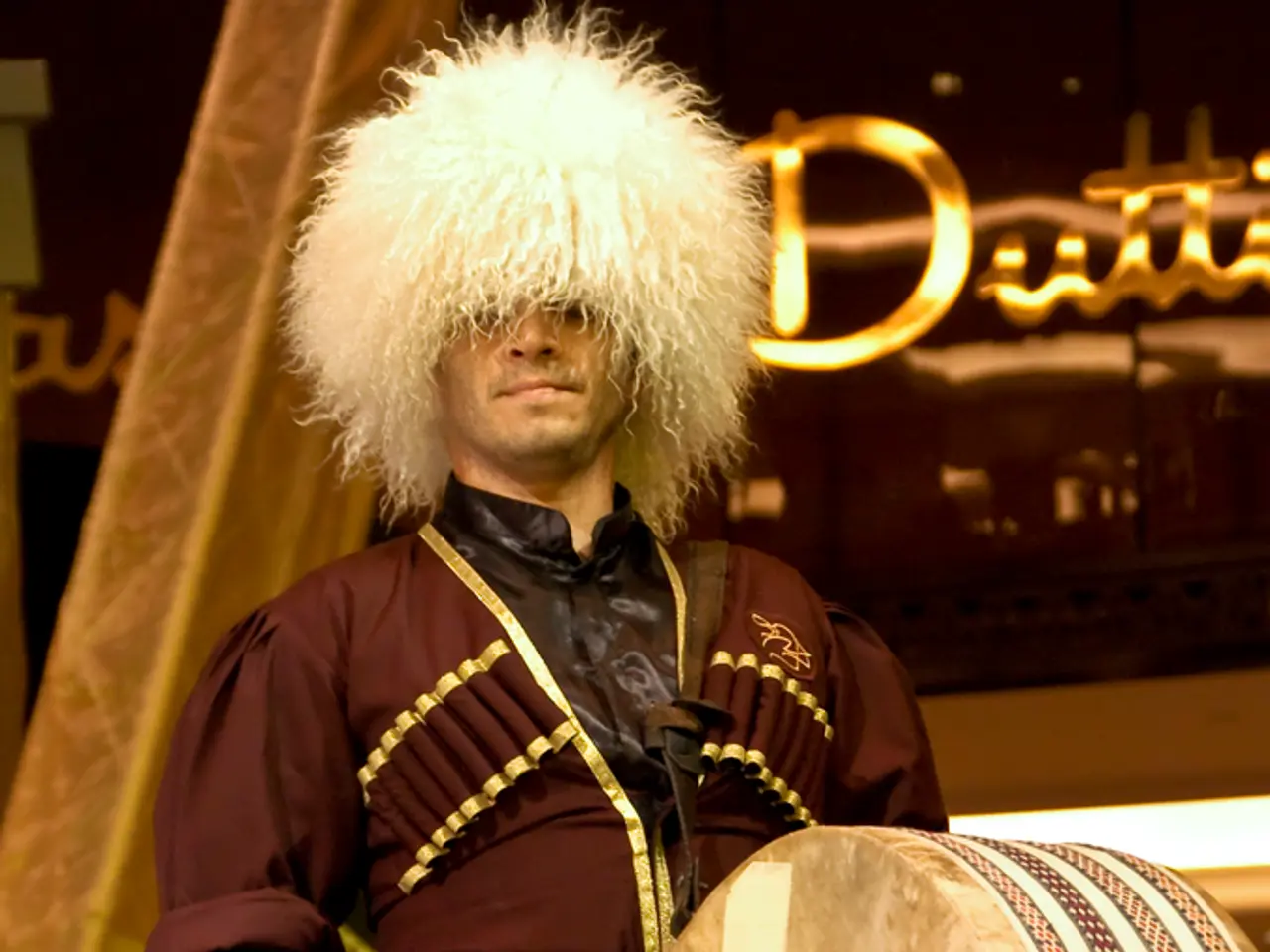Making use of swirling rhythmic patterns in music: A guide to understanding and employing polyrhythms
In the world of music, one technique that has captivated listeners and musicians alike for centuries is polyrhythm. This intriguing concept refers to the simultaneous combination of contrasting rhythms, creating a layered and complex sound.
A Timeless Technique in Music
Polyrhythm has been a significant part of various musical traditions, both Western and non-Western, for hundreds of years.
Roots in Non-Western Music
In West Africa, polyrhythms are deeply ingrained in drumming and serve as a form of communication. West African music is characterised by its rich rhythmic tradition, featuring complex patterns and call-and-response structures.
Western Music's Embrace
It wasn't until the 19th and early 20th centuries that Western composers began experimenting with polyrhythm, marking a departure from traditional tonality and a pursuit of new musical languages. Composers like Charles Ives and Elliott Carter were pioneers in this field, incorporating polyrhythm into their compositions, often combining conflicting meters to create intricate textures.
The 20th Century and Beyond
Polyrhythm became a defining feature of several musical styles in the 20th century, including classical music, jazz, and post-Romantic and Impressionist periods. In classical music, composers like Elliott Carter and Paul Creston used polyrhythm to create complex and layered textures. In jazz, drummers such as Elvin Jones explored complex rhythmic patterns, while in contemporary styles like Afrobeat, polyrhythms have been blended with other international styles to create a unique sound.
The Versatility of Polyrhythm
Polyrhythm is a versatile tool for musicians, allowing them to express a wide range of emotions and ideas. Some notable techniques in using polyrhythm include interlocking patterns, time-line patterns, and syncopation.
Modern Applications
Today, polyrhythm can be found across a wide range of musical genres, from jazz and rock to electronic music. Artists like Burna Boy and Wizkid have brought West African polyrhythms to global audiences, blending them with other international styles.
In conclusion, polyrhythm has been a powerful tool for musicians across different genres and cultures, allowing them to express new ideas and emotions through complex rhythmic structures. This technique, which likely originated in African music and has been a defining feature of jazz music, continues to evolve and captivate listeners today.
Technology has played a pivotal role in the evolution and contemporary application of polyrhythm, with beat making software and electronic instruments enabling musicians to experiment with and master complex rhythmic patterns.
Music distribution platforms have also allowed for the global sharing and appreciation of polyrhythm-infused music, transcending geographical boundaries and bringing diverse musical styles together.




